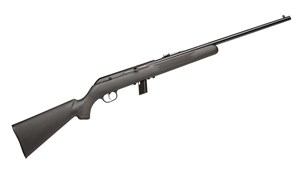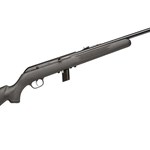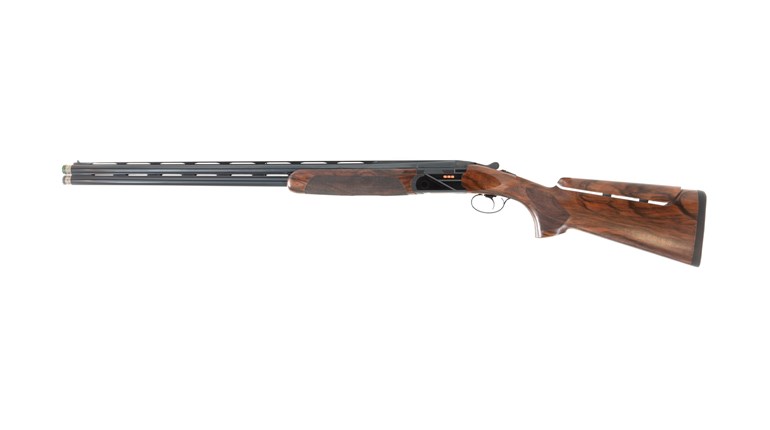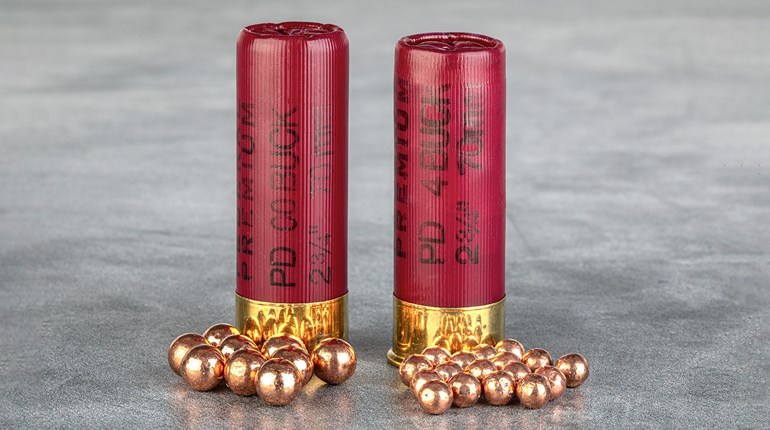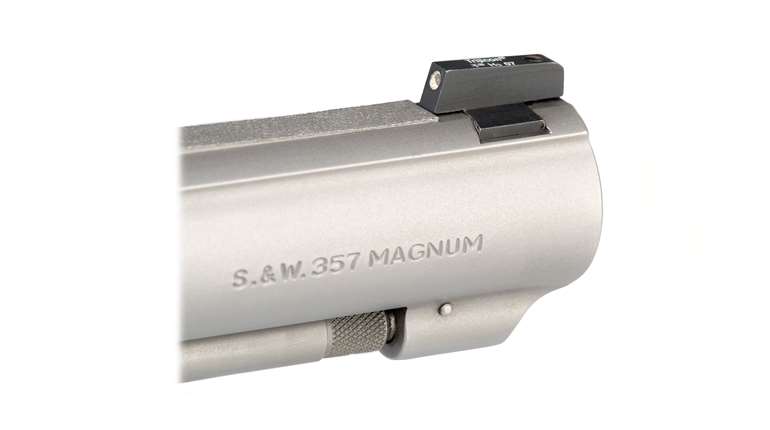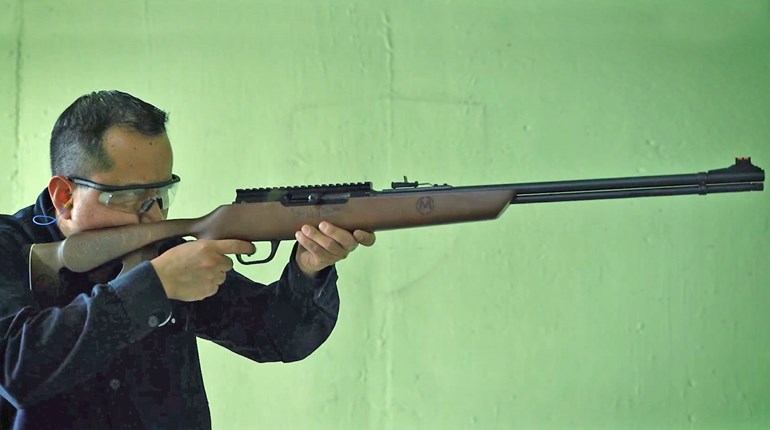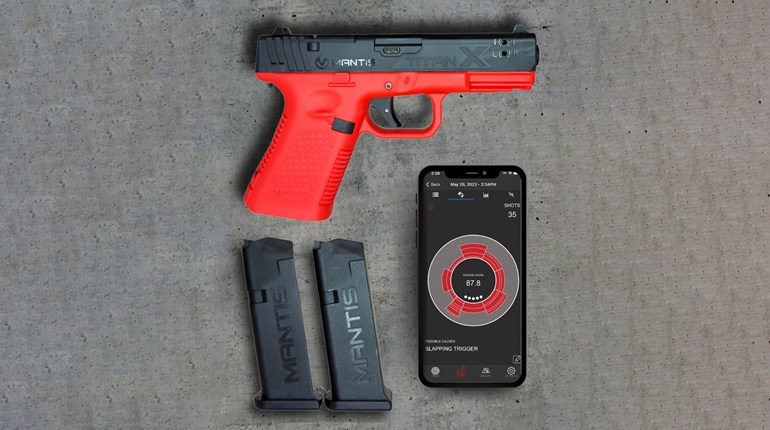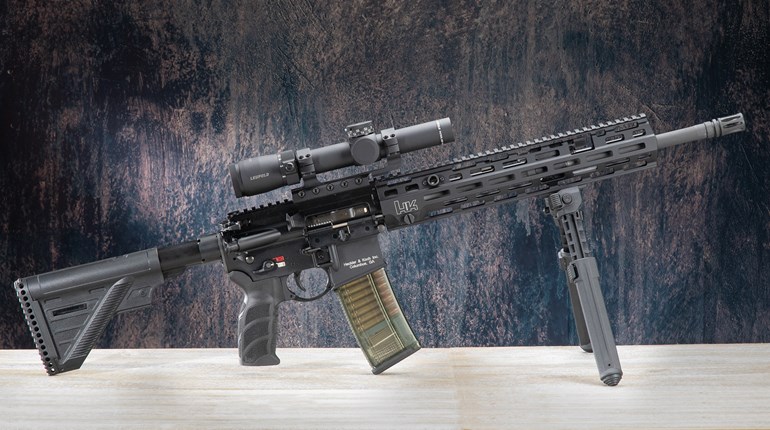
In every Special Forces unit, there’s a guy whose job is to break into doors, windows and walls to clear the way for the rest of the team to enter or exit. While this “breacher” is an expert in demolition and the use of shaped-charge explosives, he also generally carries a shotgun, which is sometimes referred to as “the master key” for obvious reasons.
Yes, thanks to the shotgun’s brute power and the width of its payload as it exits the muzzle, our police and Soldiers have discovered that, with training, it can be a useful tool for blowing a door off its hinges or a deadbolt out of the doorframe to gain entry where a crowbar might not do.
Although writing about such breaching tactics in this, a home-defense-shotgun column, may be a stretch, the NRA steadfastly believes that when it comes to firearms, ignorance is danger and knowledge is safety. Such theoretical, “what-if” scenarios would be rare indeed. I can imagine only a few extremely rare occasions where I might need to breach a door in order to either gain access to a room, to exit a room I may be locked in or to potentially rescue someone who is trapped. In no way is the NRA suggesting any home defender use a shotgun to breach a door—unless, of course, it is the only option available to save a life. We strongly recommend seeking professional, hands-on training before attempting what we are about to describe. Rest assured, however, if any of the breaching experts we consulted said that it was just too difficult, too dangerous or that the technique wasn’t largely effective against standard, residential-grade doors, we wouldn’t cover it … but alas, most seem to think the technique is just another tool in their kit.
Eddie Penney is the CEO of Contingent Group, author of the great book, “Unafraid,” and a retired SEAL Team Six guy with seven deployments under his belt. He’s breached more than his share of doors, and inasmuch, advises the average, untrained, home defender that strong and repeated “mule kicks” to the door may be the best bet. He’s referring to the kicking style where you face opposite of the door, bend over and kick out and backward.
But, he says that if a mule kick doesn’t work, a well-placed shot or shots from a shotgun will often open a door right up. He says the best way to open a locked door with a shotgun is not by shooting for the hinges, but for the bolt of the locking mechanism, where the bolt enters the door frame.
“Go for the locking side,” said Penney. Then, he advises to jam the shotgun’s muzzle into the door jamb, where the door meets the frame, just above where you think the deadbolt should be. Angle the barrel down 45 degrees and toward the door at 45 degrees so the shot will strike the bolt where it enters the door frame. Angling the gun down and away will also minimize the chance of debris—spall—going into the room. Then use your shoulder nearest the door to shield your head as you look away. With the shotgun held firmly in place, pull the trigger.
“Take a shot then try to push or kick the door open,” said Penney. If it still won’t open, your first shot probably made it easier to see where to better aim your next shot, so try it again. Plenty of times the bolt will be blown right out of the door, or the doorframe will be destroyed, allowing the door to freely swing open.
While it sounds complicated, a practiced door breacher can assess a door and place one well-aimed shot in the optimal spot on the door, breaching it in seconds. Initially the technique also sounded rather dangerous to me, but it is routinely taught to our military and law enforcement units without mishap, save for minor, superficial nicks to exposed skin.
As for the type of shotshell that’s best for breaching, Penney says the smaller the better, especially in places where you wish to mitigate collateral damage. “We shot powdered ‘breaching’ rounds so that essentially nothing from the shell would go very far into the room. “But if we didn’t have that, we’d use birdshot.”
Sure, buckshot or even a slug can be used to breach a door, but any time big pellets are used in a home environment, the shooter should be aware that doing so increases the risk of inflicting collateral damage on anything—or anyone—who may be on the other side of the door.
You know that shark’s-mouth-looking muzzle apparatus some tactical shotguns wear these days? It’s actually called a breaching device. While it could also serve as a “DNA-sample collector,” its teeth are in fact designed to dig into a doorjamb to increase the gun’s stability as the breacher looks away and pulls the trigger.
I don’t anticipate ever having to breach a door with my shotgun. But, frankly, I feel slightly more prepared—and certainly more informed—now by just knowing the basics. We hope you feel the same.










